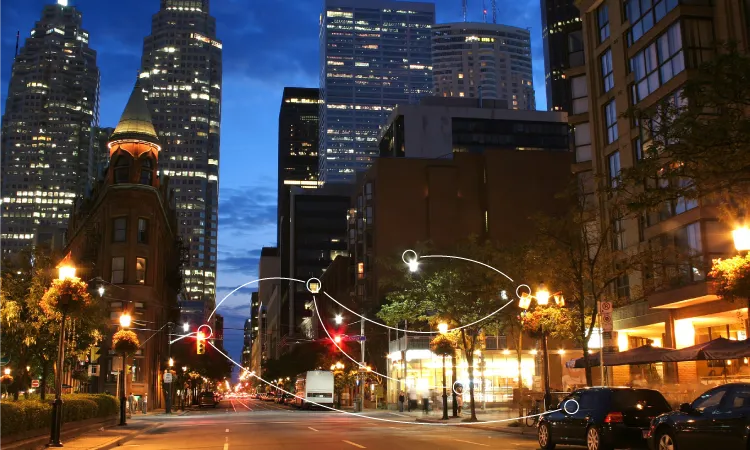IoT: A Game-Changer for Street Lighting
IoT, or the Internet of Things, refers to a network of interconnected devices that can collect, transmit, and act on data using embedded sensors and controllers. In the context of street lighting, IoT enables smart systems that automatically adjust illumination levels based on factors like time of day, weather conditions, traffic patterns, or specific local needs.
With IoT, cities can connect thousands of streetlights into a single unified system that automates mundane tasks, reduces energy waste, and improves reliability. The benefits are multi-fold: minimizing environmental impact, cutting costs, and creating safer, more liveable environments.
In addition, IoT systems offer real-time monitoring capabilities, reducing the need for manual interventions and making urban management more efficient overall. Research, such as the 2021 study on "Deep Reinforcement Learning for IoT-based Traffic Management Systems," highlights the practical benefits of IoT in urban environments, particularly its ability to manage large-scale systems with minimal human intervention.1

